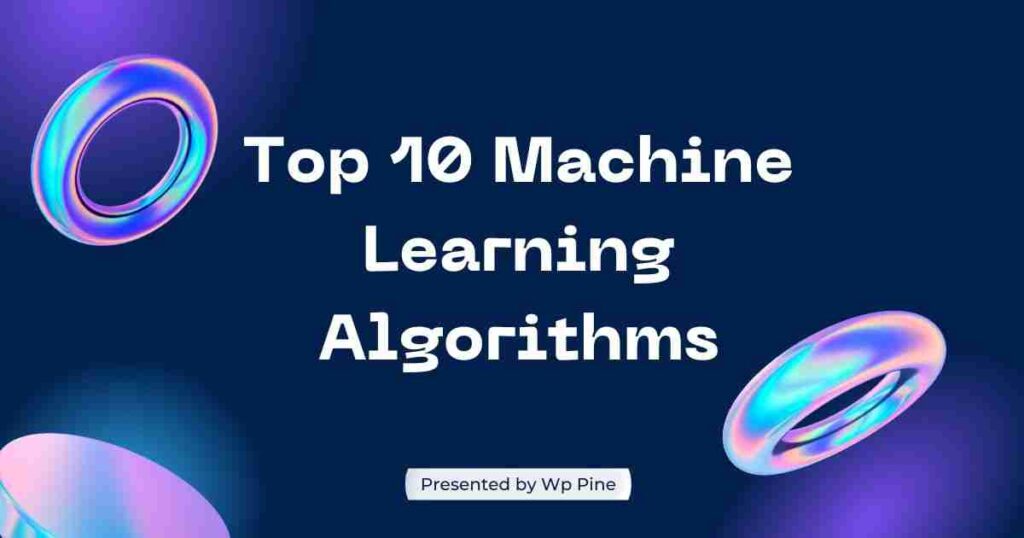Machine Learning (ML) plays a pivotal role in data science by offering advanced tools that enable the analysis of vast datasets and the ability to make predictions. For beginners, mastering the core algorithms is essential to building a solid foundation in the field of ML. Understanding how these algorithms function, their applications, and the benefits they provide is crucial for anyone looking to excel in data science.
This article explores the top 10 machine learning algorithms that every beginner data scientist should know. We will break down how each algorithm works, what makes it unique, and where it can be applied effectively. Whether you’re just starting out or looking to solidify your understanding, these fundamental algorithms will serve as the backbone of your machine learning journey.
1. Linear Regression
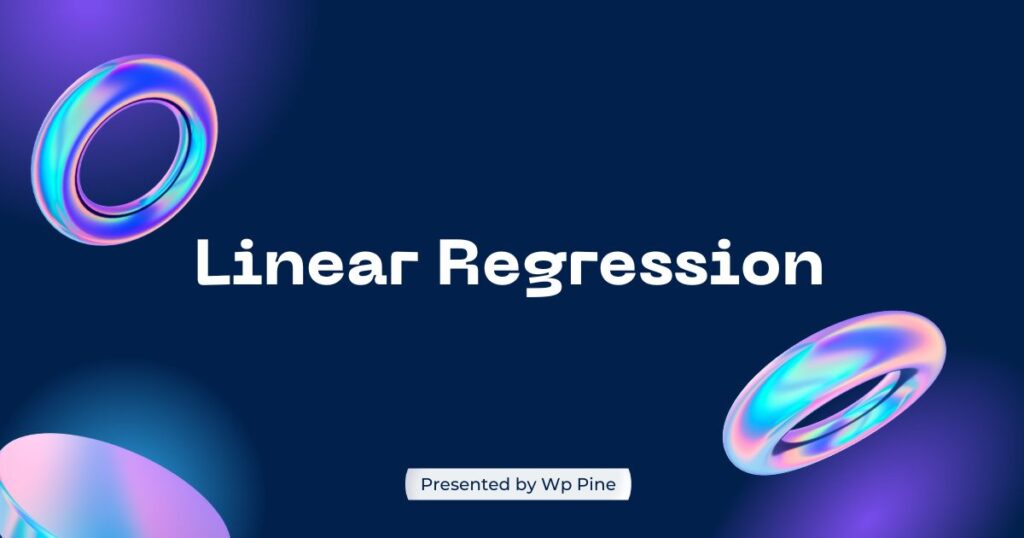
Overview
Linear Regression is a cornerstone in the top 10 machine learning algorithms for beginner data scientists. It is a fundamental technique for predicting continuous outcomes. By establishing a relationship between the dependent variable (target) and one or more independent variables (features), it helps in making predictions based on historical data.
How It Works
- Mathematical Model: Linear Regression calculates the line of best fit using the equation ( y = beta_0 + beta_1x + epsilon ), where ( beta_0 ) is the intercept, ( beta_1 ) is the slope, and ( epsilon ) represents error.
- Training: The model is trained using the least squares method, which minimizes the sum of the squared differences between predicted and actual values.
Use Cases
- Predicting Continuous Values: Example: forecasting housing prices based on features like size and location.
- Trend Analysis: Identifying relationships and trends in data.
Benefits
- Simple to Implement: Straightforward and easy to understand.
- Interpretable Results: Provides clear insight into the relationship between variables.
Further Reading
2. Logistic Regression

Overview
Despite its name, Logistic Regression is used for binary classification tasks and is pivotal in the top 10 machine learning algorithms for beginner data scientists. It estimates the probability of a binary outcome (0 or 1) based on one or more predictor variables.
How It Works
- Sigmoid Function: Uses the logistic function ( sigma(z) = frac{1}{1 + e^{-z}} ) to output a probability between 0 and 1.
- Training: The algorithm optimizes the log-likelihood function using methods like gradient descent.
Use Cases
- Classification Tasks: Example: determining whether an email is spam or not.
- Medical Diagnosis: Diagnosing or determining whether or not a disease is present in a patient.
Benefits
- Probabilistic Interpretation: Provides probabilities for classification.
- Scalable: Handles large datasets effectively.
Further Reading
3. Decision Trees

Overview
Decision Trees are versatile tools in the top 10 machine learning algorithms for beginner data scientists used for both classification and regression tasks. They create a model that predicts the value of a target variable by learning decision rules from the input features.
How It Works
- Tree Structure: The tree is made up of nodes that represent decisions or tests on features. Each branch represents the outcome of the test, and each leaf node represents a final decision or value.
- Splitting Criteria: Splits are determined using metrics like Gini impurity for classification or mean squared error for regression.
Use Cases
- Customer Segmentation: Classifying customers based on behavior.
- Predictive Modeling: Estimating future outcomes based on historical data.
Benefits
- Easy to Interpret: Visual representation of decision-making process.
- Handles Mixed Data Types: Works with both numerical and categorical data.
Further Reading
4. Random Forests

Overview
Random Forests enhance the performance of Decision Trees by combining multiple trees, making it a key algorithm in the top 10 machine learning algorithms for beginner data scientists. It is an ensemble method that builds a multitude of decision trees and aggregates their results.
How It Works
- Ensemble Learning: Builds multiple Decision Trees using bootstrapped samples of the data and random feature subsets.
- Aggregation: The final prediction is made by averaging the predictions of all individual trees (for regression) or by majority vote (for classification).
Use Cases
- Classification Problems: Example: image recognition.
- Feature Importance: Identifying the most important features in a dataset.
Benefits
- High Accuracy: Generally more accurate than individual Decision Trees.
- Robust to Overfitting: Less likely to overfit compared to a single Decision Tree.
Further Reading
5. Support Vector Machines (SVM)
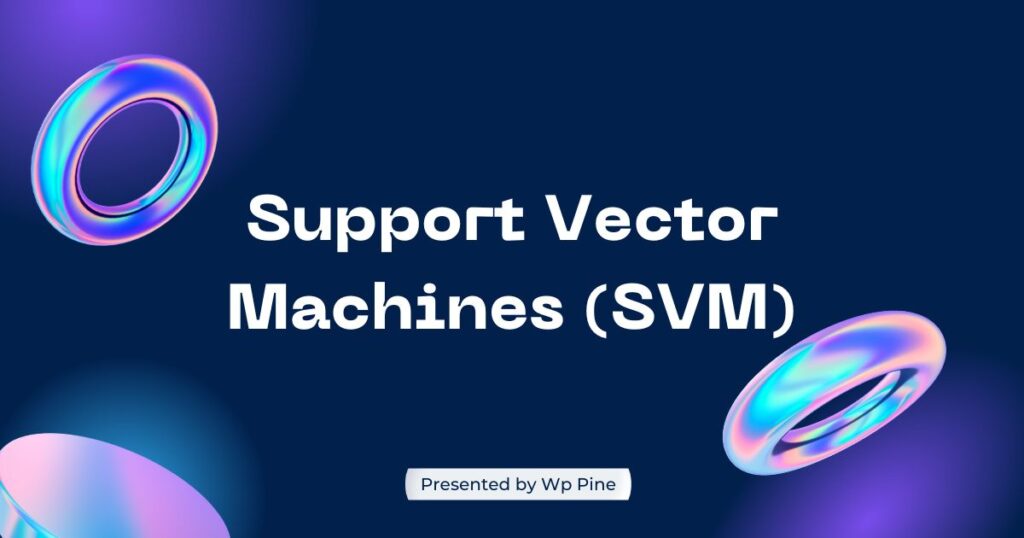
Overview
SVMs are powerful algorithms in the top 10 machine learning algorithms for beginner data scientists used for classification and regression tasks. They operate based on the maximum margin hyperplane that can be seen as a data separator of distinct classes.
How It Works
- Hyperplane: SVM finds a hyperplane that maximizes the margin between different classes.
- Kernel Trick: Uses kernel functions to handle non-linearly separable data by transforming it into a higher-dimensional space.
Use Cases
- Text Classification: Example: sentiment analysis.
- Image Classification: Identifying objects in images.
Benefits
- Effective in High-Dimensional Spaces: Performs well with high-dimensional data.
- Robust to Overfitting: Especially in high-dimensional space.
Further Reading
6. k-Nearest Neighbors (k-NN)

Overview
k-NN is a straightforward and intuitive algorithm among the top 10 machine learning algorithms for beginner data scientists used for classification and regression. It classifies a data point based on the majority label of its ‘k’ nearest neighbors.
How It Works
- Distance Metric: Uses metrics like Euclidean distance to find the ‘k’ nearest neighbors.
- Voting/Averaging: For classification, the class with the majority vote is chosen. For regression, the average of neighbors’ values is used.
Use Cases
- Recommendation Systems: Example: suggesting products to users.
- Anomaly Detection: Identifying outliers in data.
Benefits
- Simple to Implement: Crisp and clear in thought process and interment.
- Non-Parametric: No need to assume a specific form for the data distribution.
Further Reading
7. Naive Bayes

Overview
Naive Bayes is a probabilistic classifier in the top 10 machine learning algorithms for beginner data scientists that applies Bayes’ Theorem with the assumption that features are independent given the class label.
How It Works
- Bayes’ Theorem: Calculates the posterior probability of a class given the feature values, using prior probabilities and likelihoods.
- Independence Assumption: Assumes that all features are independent given the class label.
Use Cases
- Text Classification: Example: spam filtering.
- Document Categorization: Classifying documents into different categories.
Benefits
- Efficient and Scalable: Handles large datasets efficiently.
- Simple to Train: Requires less computational power compared to other algorithms.
Further Reading
8. Gradient Boosting Machines (GBM)

Overview
GBM is a powerful ensemble learning technique in the top 10 machine learning algorithms for beginner data scientists that builds models sequentially to correct the errors of previous models.
How It Works
- Boosting: Trains models sequentially to minimize the residual errors of previous models.
- Learning Rate: Adjusts the contribution of each model to improve performance.
Use Cases
- Predictive Modeling: Example: predicting customer churn.
- Complex Data Problems: Handling datasets with intricate patterns.
Benefits
- High Predictive Accuracy: Often provides high accuracy in various tasks.
- Flexibility: Applicable for both classification problems as well as regression problems.
Further Reading
9. Principal Component Analysis (PCA)
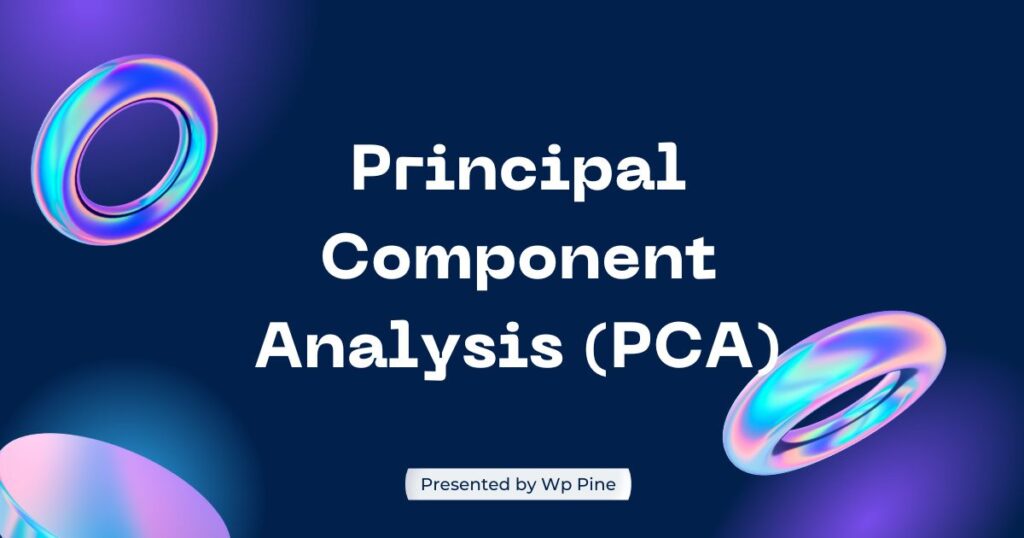
Overview
PCA is a dimensionality reduction technique among the top 10 machine learning algorithms for beginner data scientists that transforms high-dimensional data into a lower-dimensional form while preserving variance.
How It Works
- Eigenvalues and Eigenvectors: PCA identifies the principal components by calculating the eigenvalues and eigenvectors of the covariance matrix of the data.
- Dimensionality Reduction: Projects data onto a lower-dimensional space while retaining most of the variability.
Use Cases
- Data Visualization: Reducing dimensionality for visual exploration.
- Noise Reduction: Improving model performance by removing less important features.
Benefits
- Simplifies Data: Reduces complexity while preserving essential information.
- Improves Model Performance: Can lead to better results by eliminating noise.
Further Reading
10. k-Means Clustering
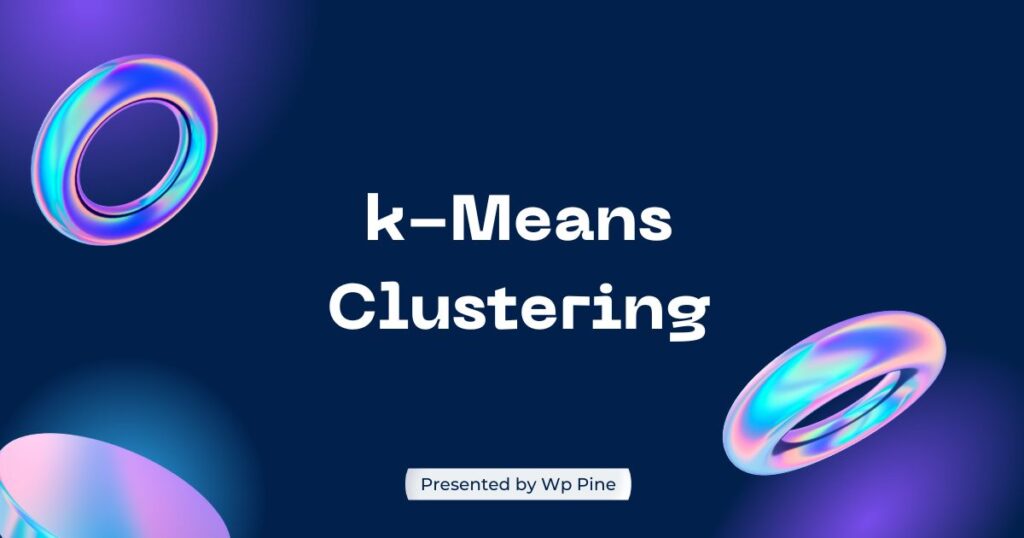
Overview
k-Means Clustering is an unsupervised learning algorithm among the top 10 machine learning algorithms for beginner data scientists that partitions data into distinct clusters based on similarity.
How It Works
- Centroids: k-Means initializes ‘k’ centroids and assigns each data point to the nearest centroid.
- Iterative Refinement: Recalculates centroids and reassigns data points until convergence is achieved.
Use Cases
- Market Segmentation: Identifying distinct customer groups.
- Image Compression: Dulling the contrast of the image, and also reducing the amount of colors within it.
Benefits
- Scalable and Efficient: Suitable for large datasets.
- Simple to Understand: Intuitive and easy to implement.
Further Reading
Conclusion
Mastering the top 10 machine learning algorithms is essential for building a strong foundation in your data science career. Each of these algorithms offers unique strengths and is suited for different types of problems, from the simplicity of Linear Regression and Logistic Regression to more advanced models like Gradient Boosting Machines and k-Means Clustering. By understanding the inner workings of these algorithms and knowing when and how to apply them, you’ll be equipped to solve a wide array of data science challenges. Whether predicting outcomes, classifying data, or uncovering hidden patterns, these algorithms will enable you to contribute to impactful, data-driven solutions and make significant strides in your career.
Additional Resources
Dive deeper into these algorithms, practice with real datasets, and continue expanding your knowledge. Share this guide with others and leave your thoughts or questions in the comments!
- Learn the of Power – Reinforcement Learning
- Complete Guide to- Evaluate the Machine Learning Model
- Machine Learning Vs Meta Learning – Explained
- 10 Best Tools for Data Scientists – Streamlining Your Workflow
- 15 Best Tools – For Data Scientist and Technologies of 2024

